1. Boulet MJ, Oddens BJ, Lehert P, Vemer HM, Visser A. Climacteric and menopause in seven south-east Asian countries. Maturitas. 2008; 61(1-2):34–53. PMID:
19434878.

2. Avis NE, Crawford SL, Greendale G, Bromberger JT, Everson-Rose SA, Gold EB, et al. Duration of menopausal vasomotor symptoms over the menopause transition. JAMA Intern Med. 2015; 175(4):531–539. PMID:
25686030.

3. Stearns V, Ullmer L, López JF, Smith Y, Isaacs C, Hayes D. Hot flushes. Lancet. 2002; 360(9348):1851–1861. PMID:
12480376.

4. Gallicchio L, Miller SR, Kiefer J, Greene T, Zacur HA, Flaws JA. Risk factors for hot flashes among women undergoing the menopausal transition: baseline results from the Midlife Women's Health Study. Menopause. 2015; 22(10):1098–1107. PMID:
25783472.
5. Whiteman MK, Staropoli CA, Benedict JC, Borgeest C, Flaws JA. Risk factors for hot flashes in midlife women. J Womens Health (Larchmt). 2003; 12(5):459–472. PMID:
12869293.

6. Gold EB, Crawford SL, Shelton JF, Tepper PG, Crandall CJ, Greendale GA, et al. Longitudinal analysis of changes in weight and waist circumference in relation to incident vasomotor symptoms: the Study of Women's Health Across the Nation (SWAN). Menopause. 2017; 24(1):9–26. PMID:
27749738.

7. Sturdee DW, Hunter MS, Maki PM, Gupta P, Sassarini J, Stevenson JC, et al. The menopausal hot flush: a review. Climacteric. 2017; 20(4):296–305. PMID:
28379074.

8. Biglia N, Cagnacci A, Gambacciani M, Lello S, Maffei S, Nappi RE. Vasomotor symptoms in menopause: a biomarker of cardiovascular disease risk and other chronic diseases? Climacteric. 2017; 20(4):306–312. PMID:
28453310.

9. Ryu KJ, Park H, Kim YJ, Yi KW, Shin JH, Hur JY, et al. Moderate to severe vasomotor symptoms are risk factors for non-alcoholic fatty liver disease in postmenopausal women. Maturitas. 2018; 117:22–28. PMID:
30314557.

10. Lee KS, Ahn KH. Artificial neural network analysis of spontaneous preterm labor and birth and its major determinants. J Korean Med Sci. 2019; 34(16):e128. PMID:
31020816.

11. Lee KS, Park KW. Social determinants of the association among cerebrovascular disease, hearing loss and cognitive impairment in a middle-aged or older population: recurrent neural network analysis of the Korean Longitudinal Study of Aging (2014-2016). Geriatr Gerontol Int. 2019; 19(8):711–716. PMID:
31257714.

12. Lee KS, Ahn KH. Application of artificial intelligence in early diagnosis of spontaneous preterm labor and birth. Diagnostics (Basel). 2020; 10(9):733.

13. Heinemann K, Ruebig A, Potthoff P, Schneider HP, Strelow F, Heinemann LA, et al. The Menopause Rating Scale (MRS) scale: a methodological review. Health Qual Life Outcomes. 2004; 2(1):45. PMID:
15345062.
14. Han J, Kamber M. Data Mining: Concepts and Techniques. 2nd ed. San Francisco, CA, USA: Morgan Kaufmann;2006.
15. Thurston RC, El Khoudary SR, Sutton-Tyrrell K, Crandall CJ, Gold E, Sternfeld B, et al. Are vasomotor symptoms associated with alterations in hemostatic and inflammatory markers? Findings from the Study of Women's Health Across the Nation. Menopause. 2011; 18(10):1044–1051. PMID:
21926929.

16. Thurston RC, El Khoudary SR, Sutton-Tyrrell K, Crandall CJ, Sternfeld B, Joffe H, et al. Vasomotor symptoms and insulin resistance in the study of women's health across the nation. J Clin Endocrinol Metab. 2012; 97(10):3487–3494. PMID:
22851488.

17. Kwon DH, Lee JH, Ryu KJ, Park HT, Kim T. Vasomotor symptoms and the homeostatic model assessment of insulin-resistance in Korean postmenopausal women. Obstet Gynecol Sci. 2016; 59(1):45–49. PMID:
26866035.

18. Thurston RC, El Khoudary SR, Sutton-Tyrrell K, Crandall CJ, Gold EB, Sternfeld B, et al. Vasomotor symptoms and lipid profiles in women transitioning through menopause. Obstet Gynecol. 2012; 119(4):753–761. PMID:
22433339.

19. Zhu D, Chung HF, Dobson AJ, Pandeya N, Giles GG, Bruinsma F, et al. Age at natural menopause and risk of incident cardiovascular disease: a pooled analysis of individual patient data. Lancet Public Health. 2019; 4(11):e553–64. PMID:
31588031.

20. Thurston RC. Vasomotor symptoms: natural history, physiology, and links with cardiovascular health. Climacteric. 2018; 21(2):96–100. PMID:
29390899.

21. Muka T, Oliver-Williams C, Colpani V, Kunutsor S, Chowdhury S, Chowdhury R, et al. Association of vasomotor and other menopausal symptoms with risk of cardiovascular disease: a systematic review and meta-analysis. PLoS One. 2016; 11(6):e0157417. PMID:
27315068.

22. Sowers M, Luborsky J, Perdue C, Araujo KL, Goldman MB, Harlow SD, et al. Thyroid stimulating hormone (TSH) concentrations and menopausal status in women at the mid-life: SWAN. Clin Endocrinol (Oxf). 2003; 58(3):340–347. PMID:
12608940.

23. Slopien R, Owecki M, Slopien A, Bala G, Meczekalski B. Climacteric symptoms are related to thyroid status in euthyroid menopausal women. J Endocrinol Invest. 2020; 43(1):75–80. PMID:
31392574.

24. Cetin MS, Ozcan Cetin EH, Kalender E, Aydin S, Topaloglu S, Kisacik HL, et al. Monocyte to HDL cholesterol ratio predicts coronary artery disease severity and future major cardiovascular adverse events in acute coronary syndrome. Heart Lung Circ. 2016; 25(11):1077–1086. PMID:
27118231.

25. Vahit D, Akboga MK, Samet Y, Hüseyin E. Assessment of monocyte to high density lipoprotein cholesterol ratio and lymphocyte-to-monocyte ratio in patients with metabolic syndrome. Biomarkers Med. 2017; 11(7):535–540.

26. Usta A, Avci E, Bulbul CB, Kadi H, Adali E. The monocyte counts to HDL cholesterol ratio in obese and lean patients with polycystic ovary syndrome. Reprod Biol Endocrinol. 2018; 16(1):34. PMID:
29631598.

27. Linker R, Gold R, Luhder F. Function of neurotrophic factors beyond the nervous system: inflammation and autoimmune demyelination. Crit Rev Immunol. 2009; 29(1):43–68. PMID:
19348610.

28. Canpolat U, Çetin EH, Cetin S, Aydin S, Akboga MK, Yayla C, et al. Association of monocyte-to-HDL cholesterol ratio with slow coronary flow is linked to systemic inflammation. Clin Appl Thromb Hemost. 2016; 22(5):476–482. PMID:
26139836.

29. Cecchi E, Lapi F, Vannacci A, Banchelli G, Mazzei T, Mugelli A. Increased levels of CA 125 and CA 19.9 serum tumour markers following cyclic combined hormone replacement therapy. J Clin Pharm Ther. 2009; 34(1):129–132. PMID:
19125912.

30. Cengiz B, Atabekoglu C, Cetinkaya E, Cengiz SD. Effect of hormone replacement therapy on serum levels of tumor markers in healthy postmenopausal women. Maturitas. 2003; 46(4):301–306. PMID:
14625127.

31. Carlson CL, Cushman M, Enright PL, Cauley JA, Newman AB. Cardiovascular Health Study Research Group. Hormone replacement therapy is associated with higher FEV1 in elderly women. Am J Respir Crit Care Med. 2001; 163(2):423–428. PMID:
11179117.
32. Cevrioglu AS, Fidan F, Unlu M, Yilmazer M, Orman A, Fenkci IV, et al. The effects of hormone therapy on pulmonary function tests in postmenopausal women. Maturitas. 2004; 49(3):221–227. PMID:
15488350.

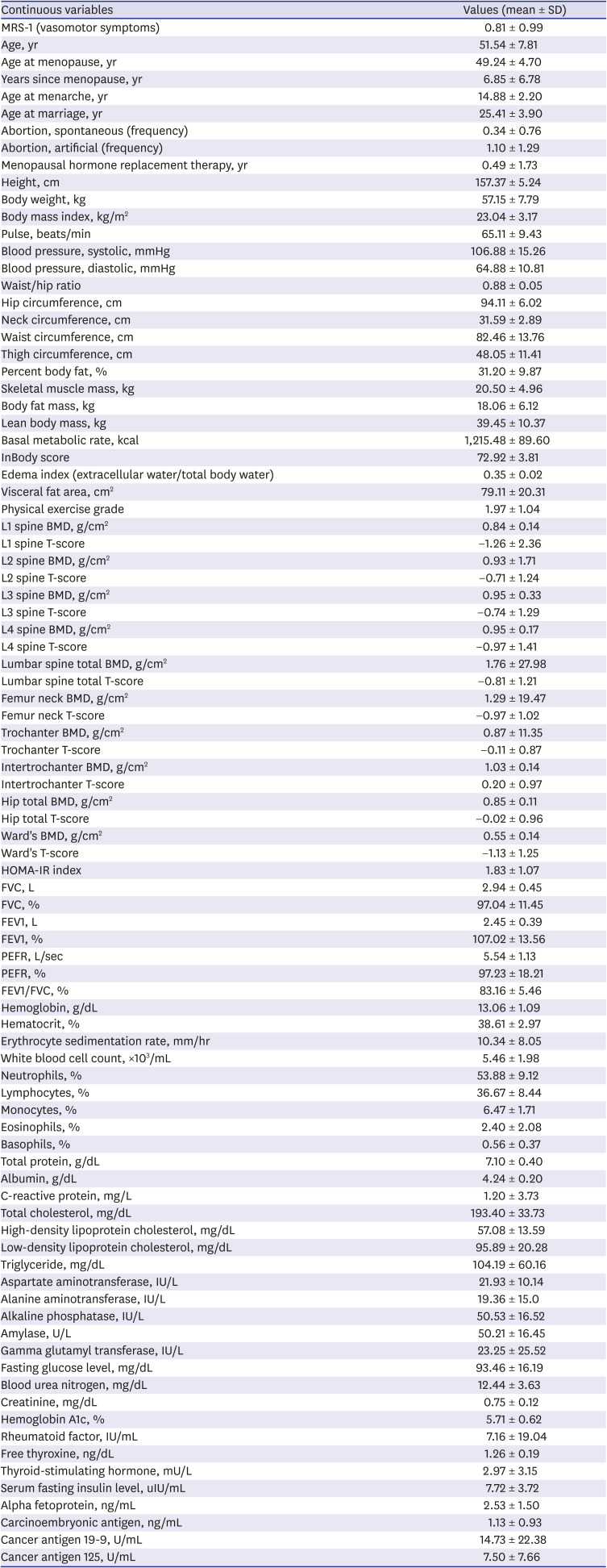
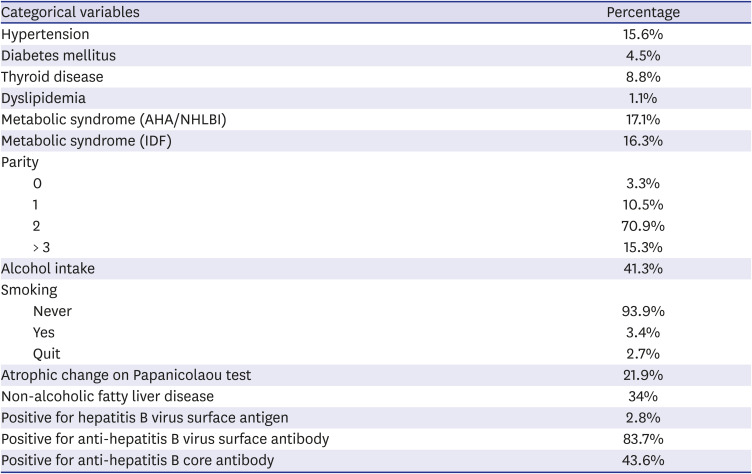

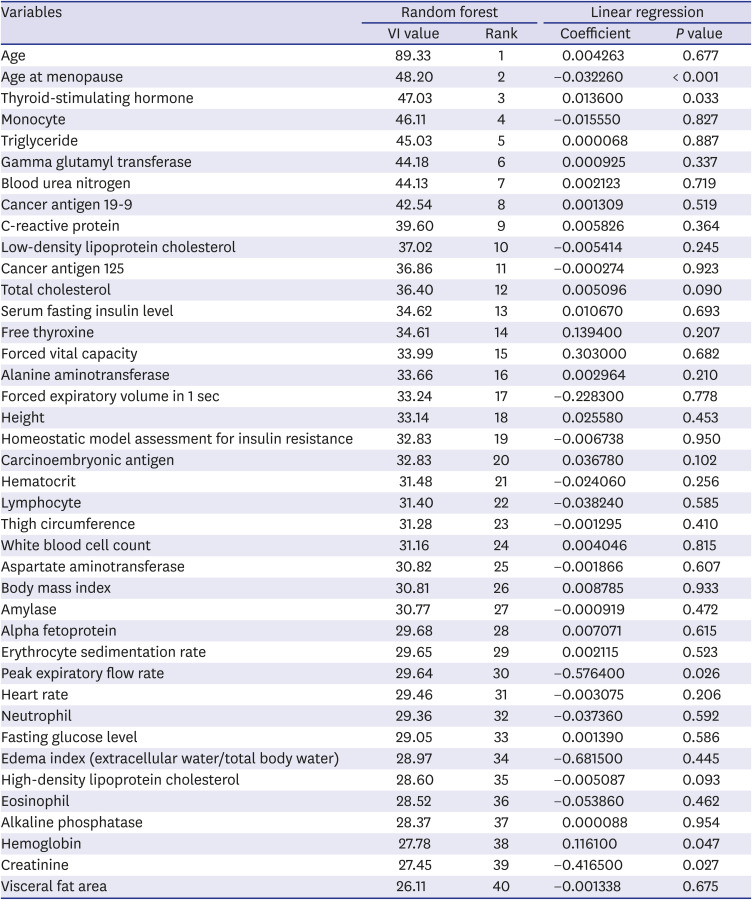




 PDF
PDF Citation
Citation Print
Print



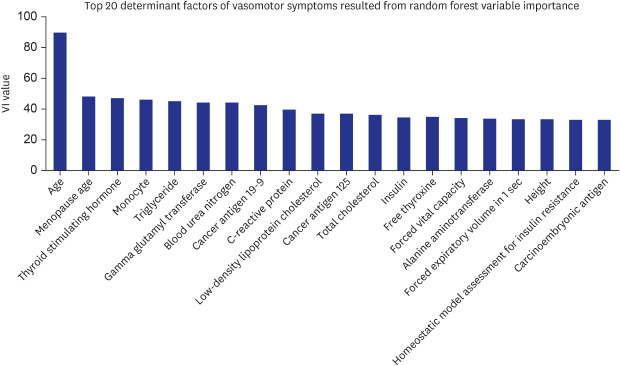
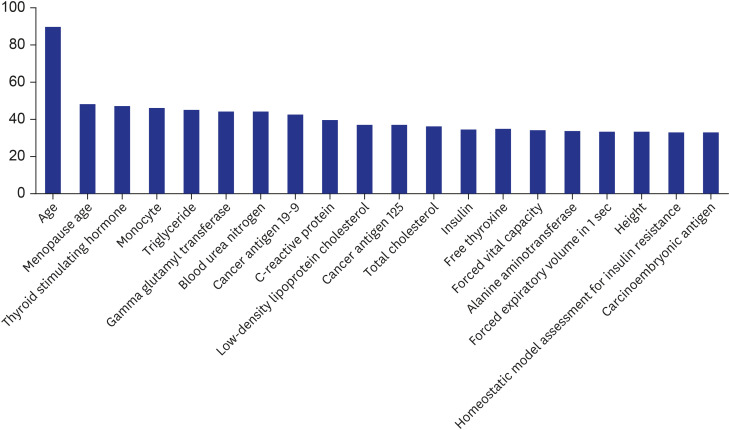
 XML Download
XML Download